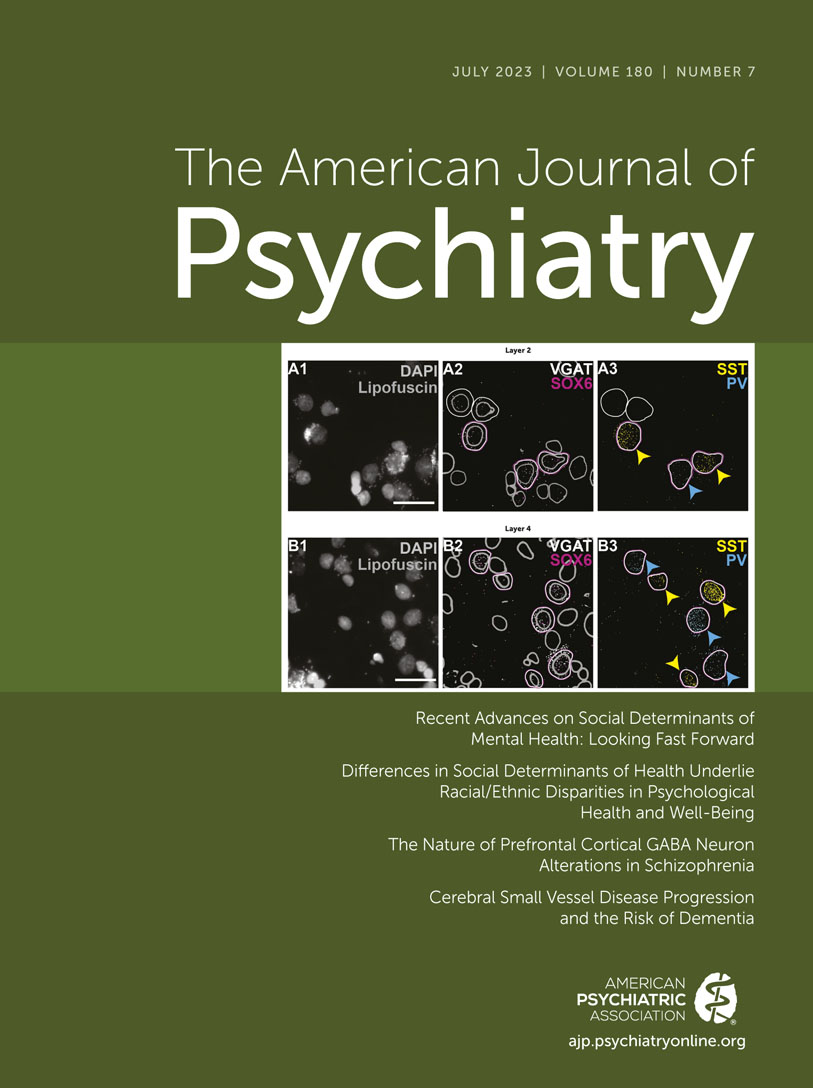Cerebral Small Vessel Disease Progression and the Risk of Dementia: A 14-Year Follow-Up Study
Abstract
Objective:
Cerebral small vessel disease (SVD) is considered the most important vascular contributor to cognitive decline and dementia, although a causal relation between its MRI markers and dementia still needs to be established. The authors investigated the relation between baseline SVD severity as well as SVD progression on MRI markers and incident dementia, by subtype, in individuals with sporadic SVD over a follow-up period of 14 years.
Methods:
The study included 503 participants with sporadic SVD, and without dementia, from the prospective Radboud University Nijmegen Diffusion Tensor and Magnetic Resonance Cohort (RUN DMC) study, with screening for baseline inclusion conducted in 2006. Follow-ups in 2011, 2015, and 2020 included cognitive assessments and MRI scans. Dementia was diagnosed according to DSM-5 criteria and stratified into Alzheimer’s dementia and vascular dementia.
Results:
Dementia as an endpoint was available for 498 participants (99.0%) and occurred in 108 participants (21.5%) (Alzheimer’s dementia, N=38; vascular dementia, N=34; mixed-etiology Alzheimer’s dementia/vascular dementia, N=26), with a median follow-up time of 13.2 years (interquartile range, 8.8–13.8). Higher baseline white matter hyperintensity (WMH) volume (hazard ratio=1.31 per 1-SD increase, 95% CI=1.02–1.67), presence of diffusion-weighted-imaging-positive lesions (hazard ratio=2.03, 95% CI=1.01–4.04), and higher peak width of skeletonized mean diffusivity (hazard ratio=1.24 per 1-SD increase, 95% CI=1.02–1.51) were independently associated with all-cause dementia and vascular dementia. WMH progression predicted incident all-cause dementia (hazard ratio=1.76 per 1-SD increase, 95% CI=1.18–2.63).
Conclusions:
Both baseline SVD severity and SVD progression were independently associated with an increase in risk of all-cause dementia over a follow-up of 14 years. The results suggest that SVD progression precedes dementia and may causally contribute to its development. Slowing SVD progression may delay dementia onset.
Access content
To read the fulltext, please use one of the options below to sign in or purchase access.- Personal login
- Institutional Login
- Sign in via OpenAthens
- Register for access
-
Please login/register if you wish to pair your device and check access availability.
Not a subscriber?
PsychiatryOnline subscription options offer access to the DSM-5 library, books, journals, CME, and patient resources. This all-in-one virtual library provides psychiatrists and mental health professionals with key resources for diagnosis, treatment, research, and professional development.
Need more help? PsychiatryOnline Customer Service may be reached by emailing [email protected] or by calling 800-368-5777 (in the U.S.) or 703-907-7322 (outside the U.S.).



